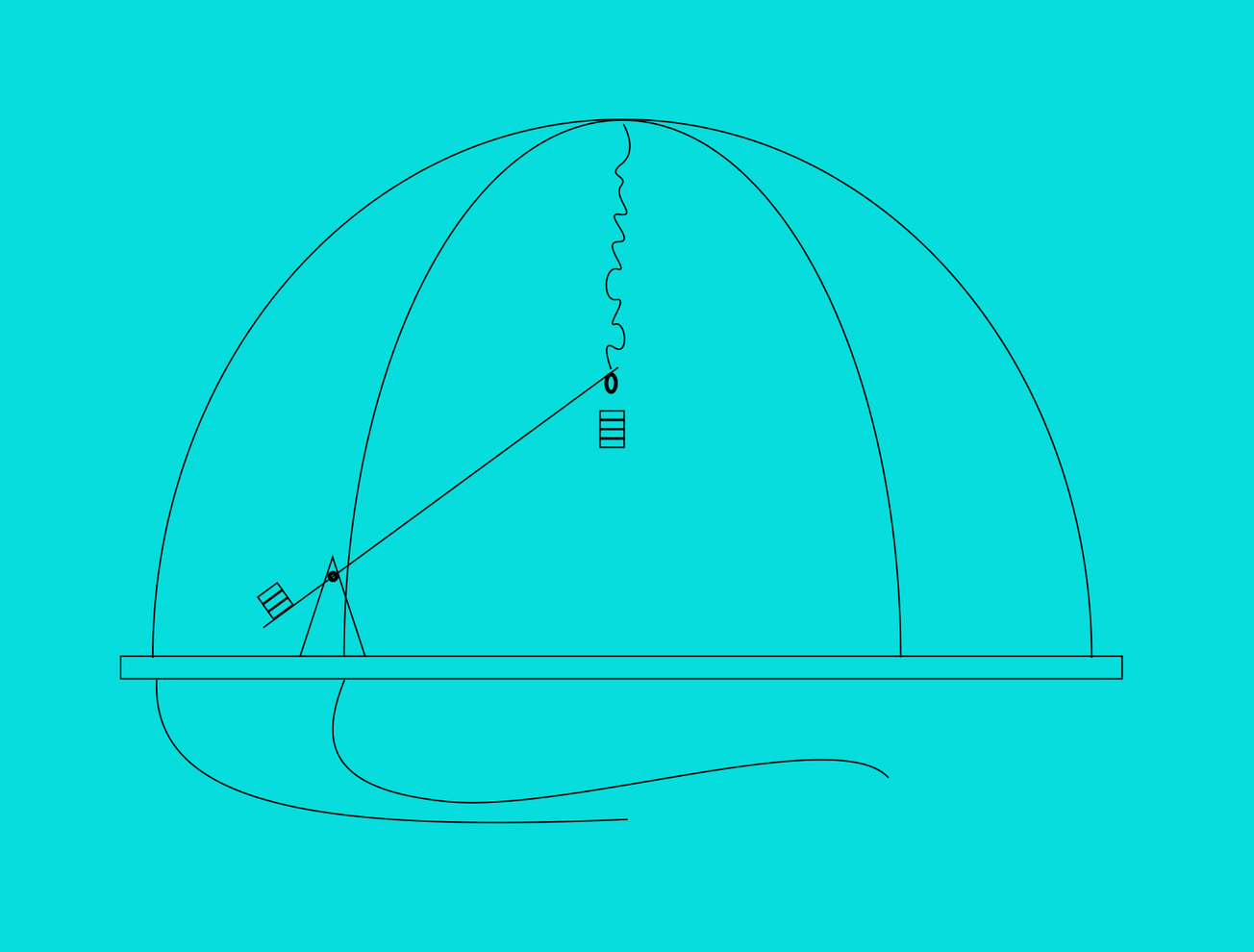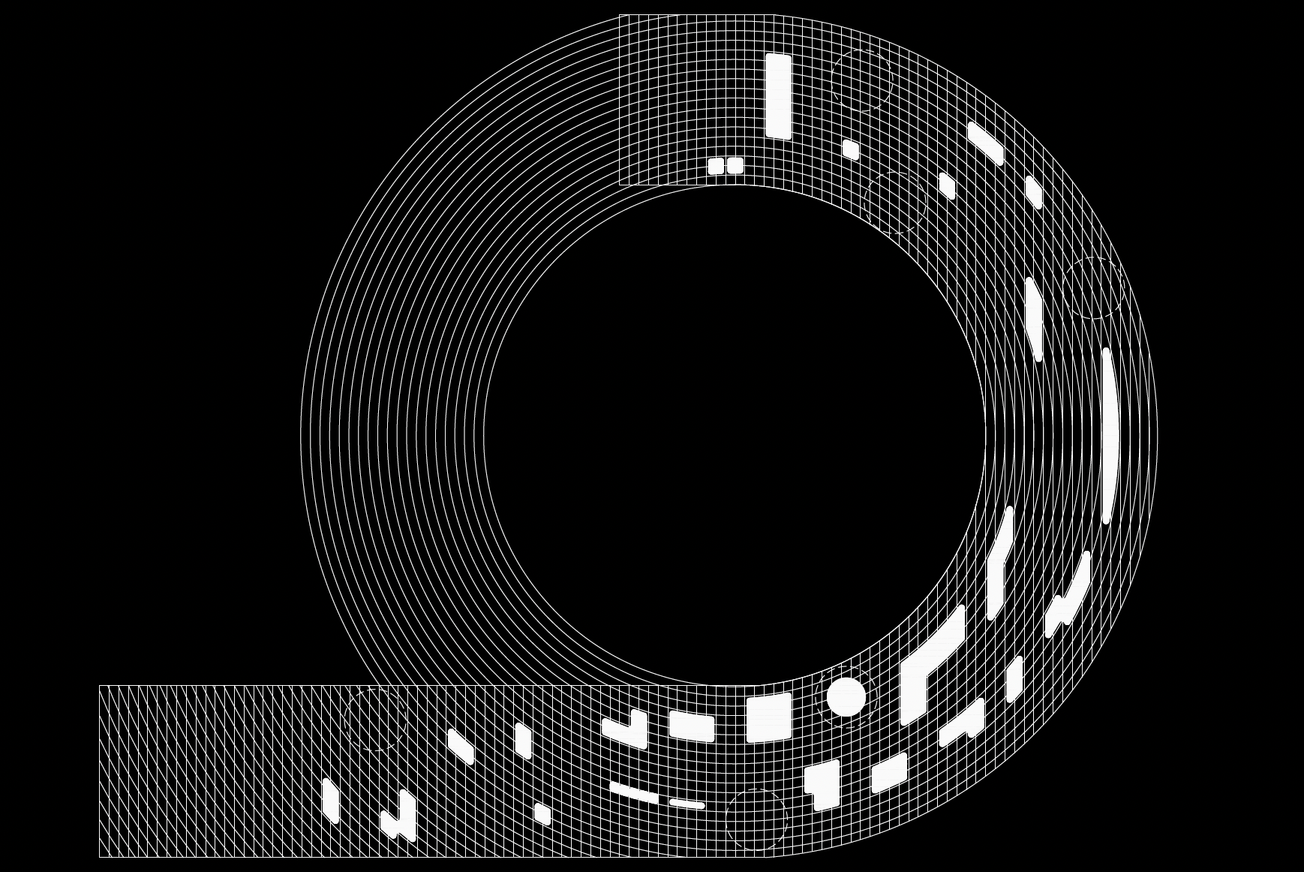Since its inception in 1979, Ars Electronica has been at the forefront of exploring the confluence of art, technology, and society, growing from a local Austrian festival into, arguably, the seminal platform for digital art, internationally. For over four decades, this festival has not only chronicled the evolution of media art but has also been a key player in shaping the discourse around the digital transformation of our lives. The history and impact of Ars Electronica—a pioneering force in creative tech, cannot be understated.
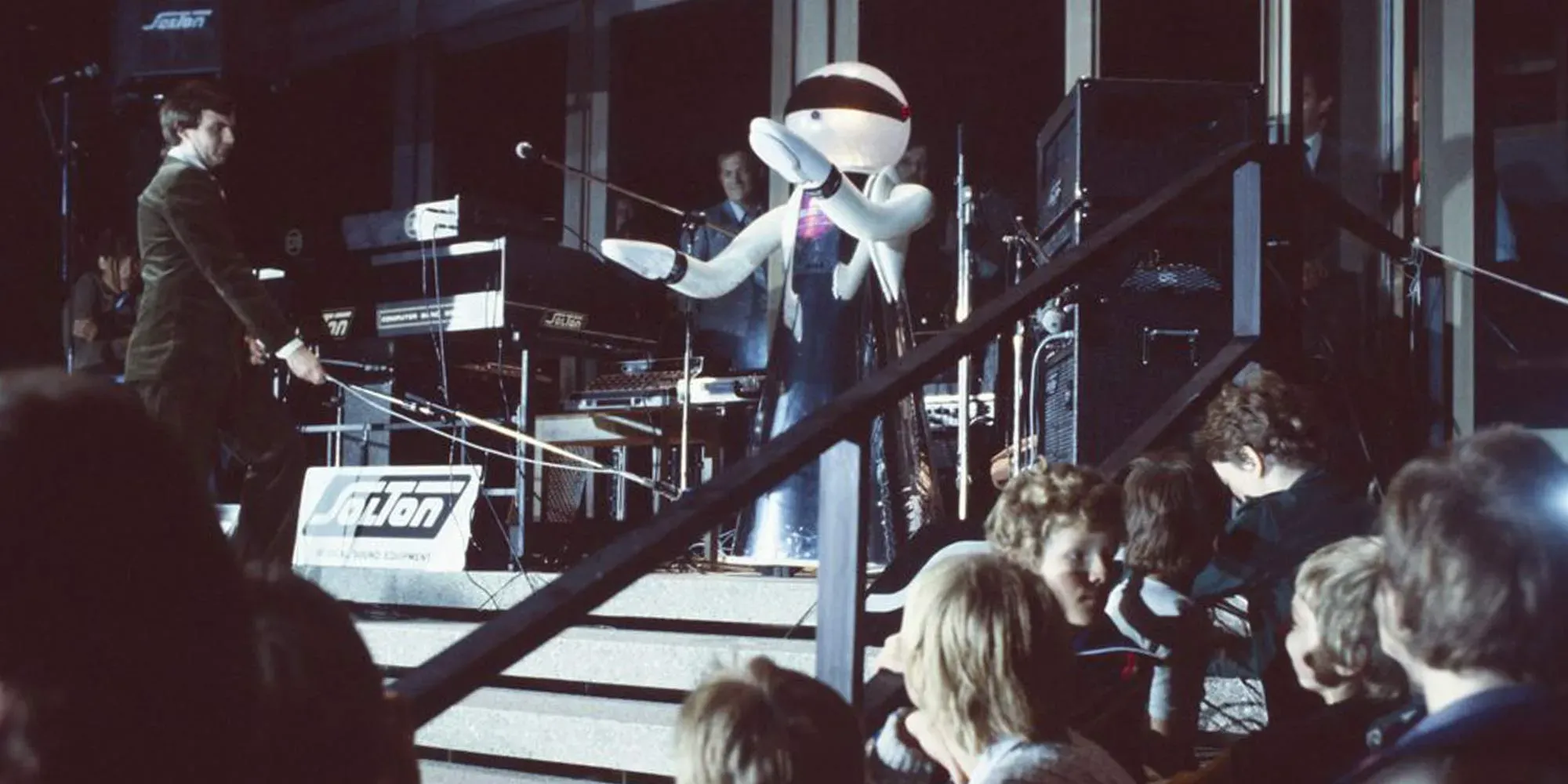
Ars Electronica was founded in Linz, Austria, in 1979, at a time when the digital revolution was just beginning to emerge. It was the brainchild of Hannes Leopoldseder, Hubert Bognermayr, Herbert W. Franke, and Ulrich Rützel, who envisioned a platform that would merge art and technology, exploring their potential to influence society. Their vision was fairly radical for that time: a festival that would not jsoely focus on showcasing art and tech but would also interrogate the societal implications of emerging technologies through artistic practice.
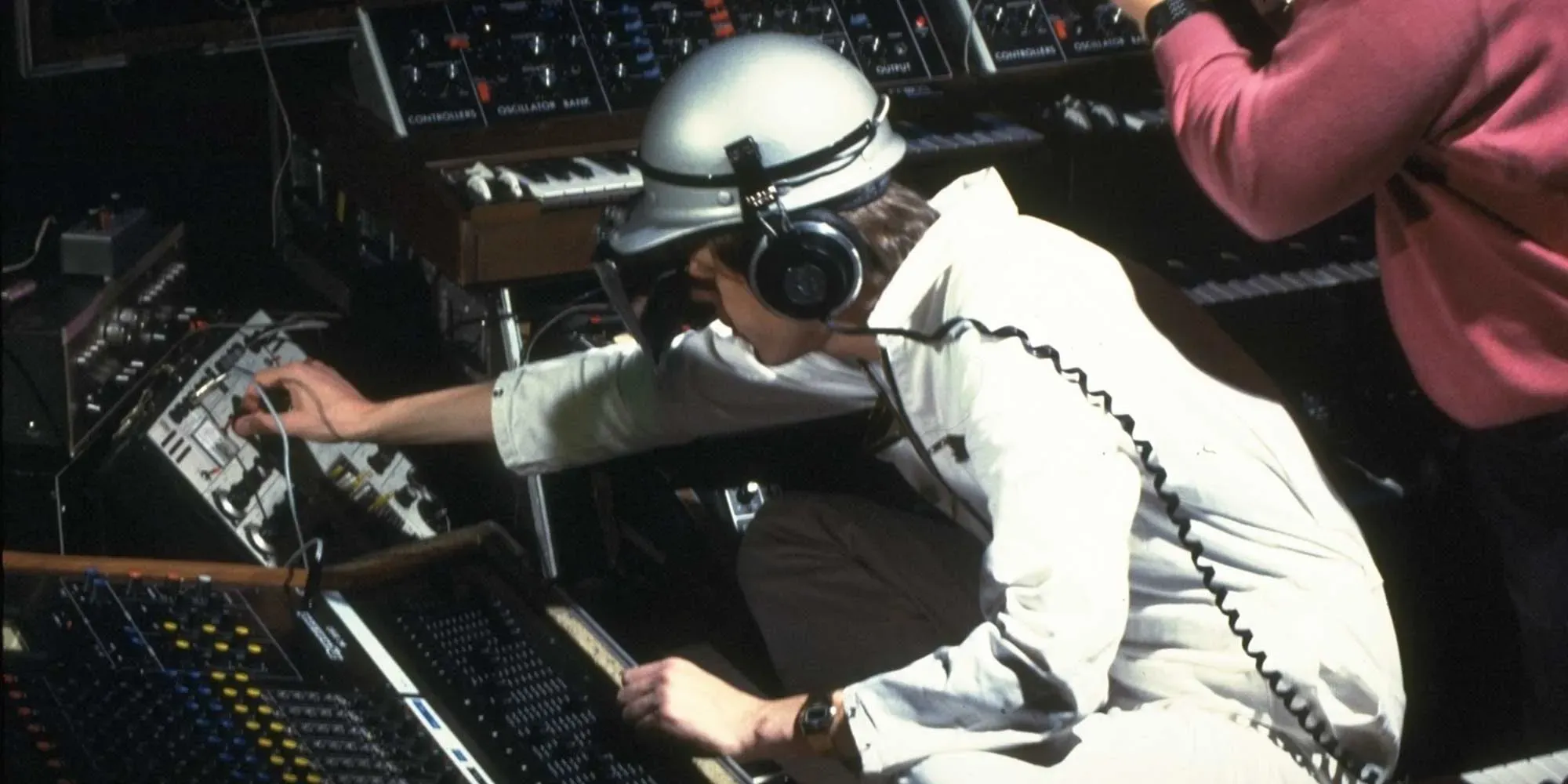
The inaugural event set the tone with a multidisciplinary approach, combining music, performance, visual arts, design, emergent technology, and philosophical discourse. This cross-pollination of ideas became a defining feature of Ars Electronica, setting it apart from traditional art festivals and demarcating its reputation as a space for avant-garde experimentation.

Throughout the 1980s and 1990s, Ars Electronica evolved alongside the rapid advancements in digital technology. As personal computers, the internet, and new media began to reshape the world, the festival became a hub for artists, technologists, thinkers, and makers to explore these transformations. Ars Electronica was not just documenting the rise of digital culture—it was actively participating in and demonstratively shaping that rise.
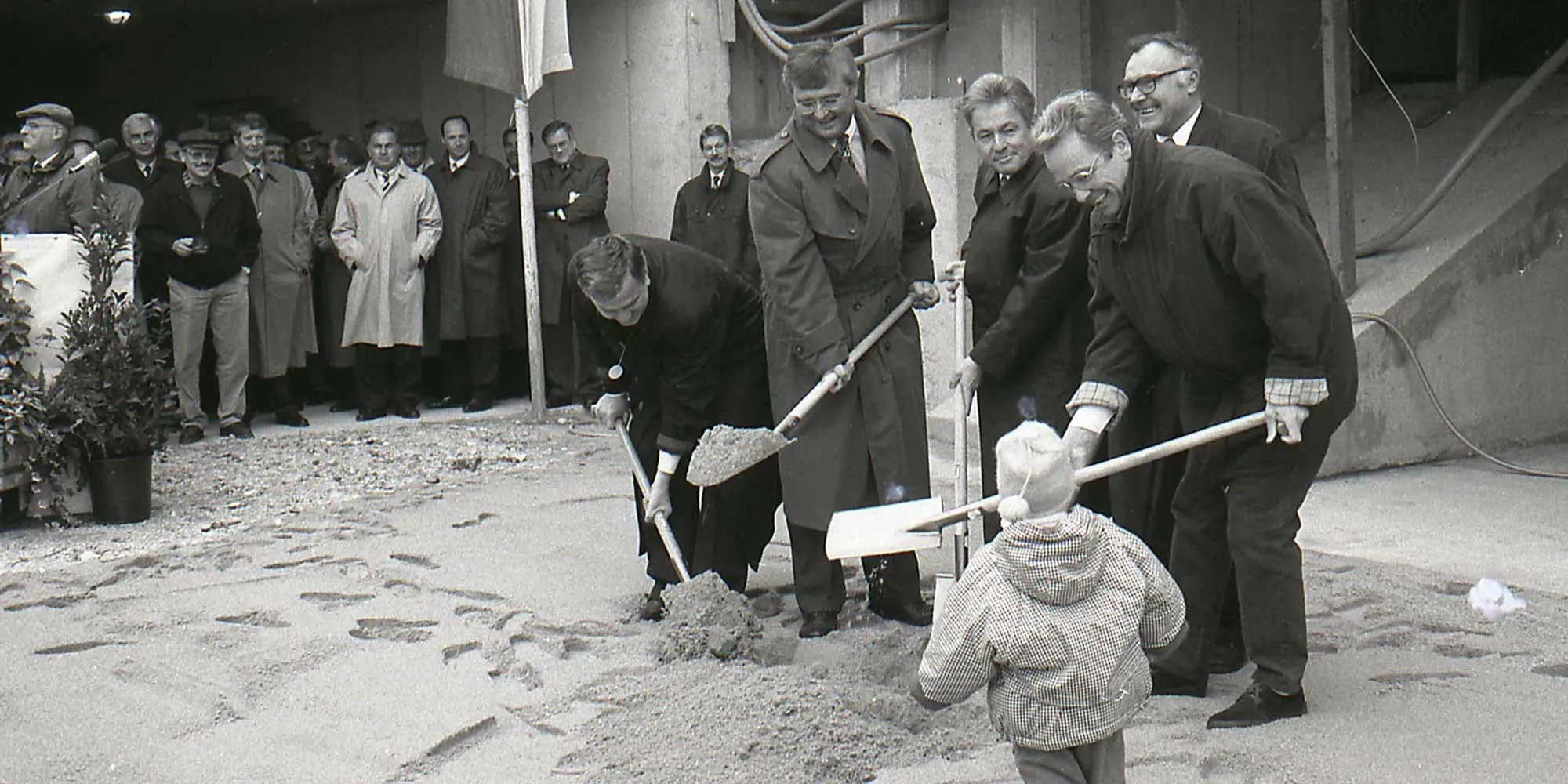
In 1987, the festival introduced the Prix Ars Electronica, an international competition that quickly became one of the most prestigious awards in the field of electronic and interactive art. Categories such as Digital Music, Computer Animation, and Interactive Art allowed the festival to showcase a diverse array of projects, from experimental sound works to immersive installations. The Prix became a key driver in pushing the boundaries of what was possible with technology in the arts. Recipients of the award include: Jeffery Shaw, Roy Ascott, Laurie Anderson, Memo Akten, rAndom International, Rafael Lozano-Hemmer, Char Davies, Monika Fleischmann, Maurice Benayoun, Myron Krueger, Stelarc, Eduardo Kac, and Jimmy Wales.
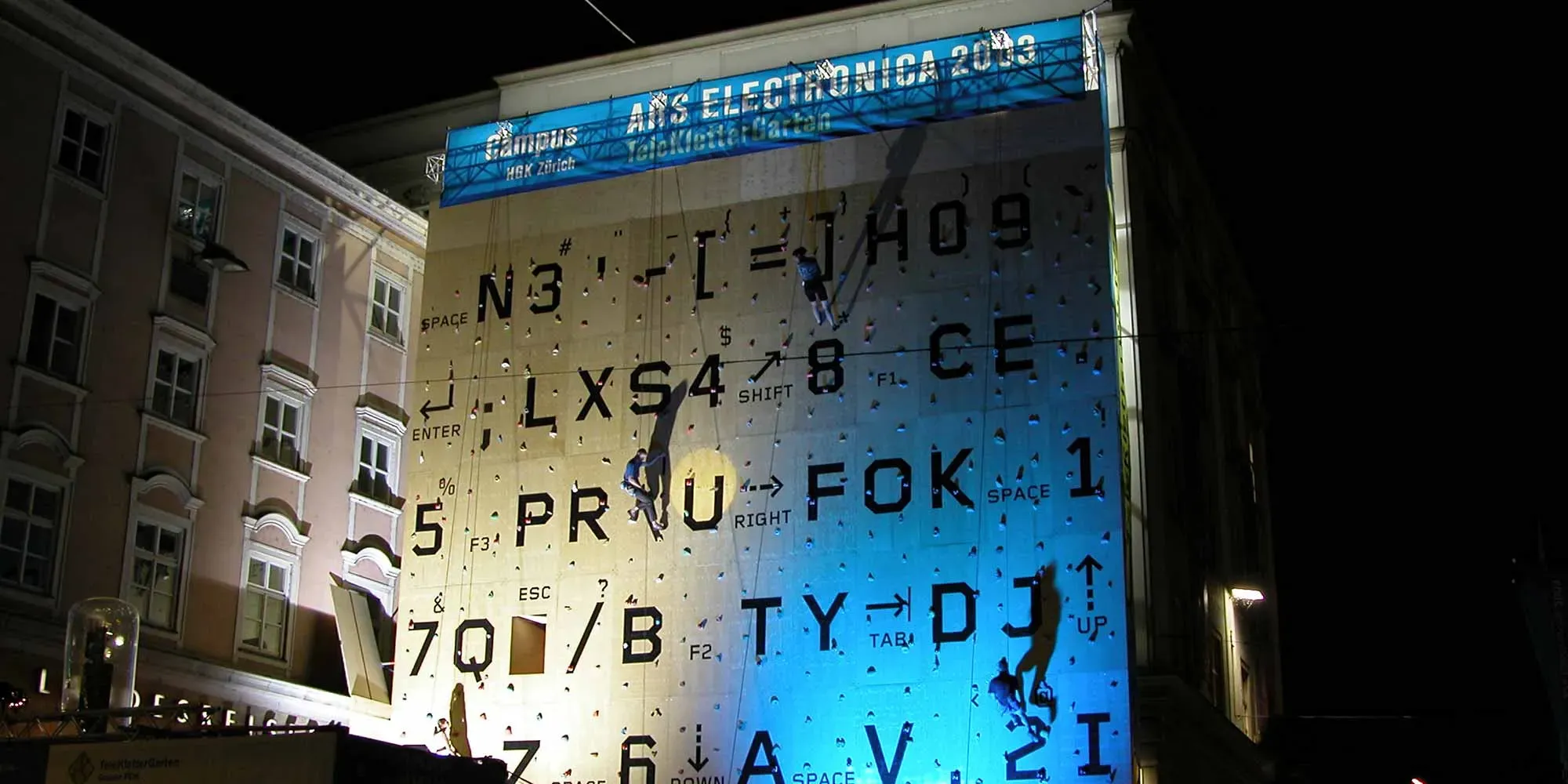
In 1996, Ars Electronica expanded its presence with the opening of the Ars Electronica Center, also known as the "Museum of the Future." This institution wasn’t just a gallery; it was a living laboratory where visitors could engage with the latest technological innovations. Exhibits ranged from interactive robotics to immersive VR experiences, making the Center a hands-on playground for exploring the future.

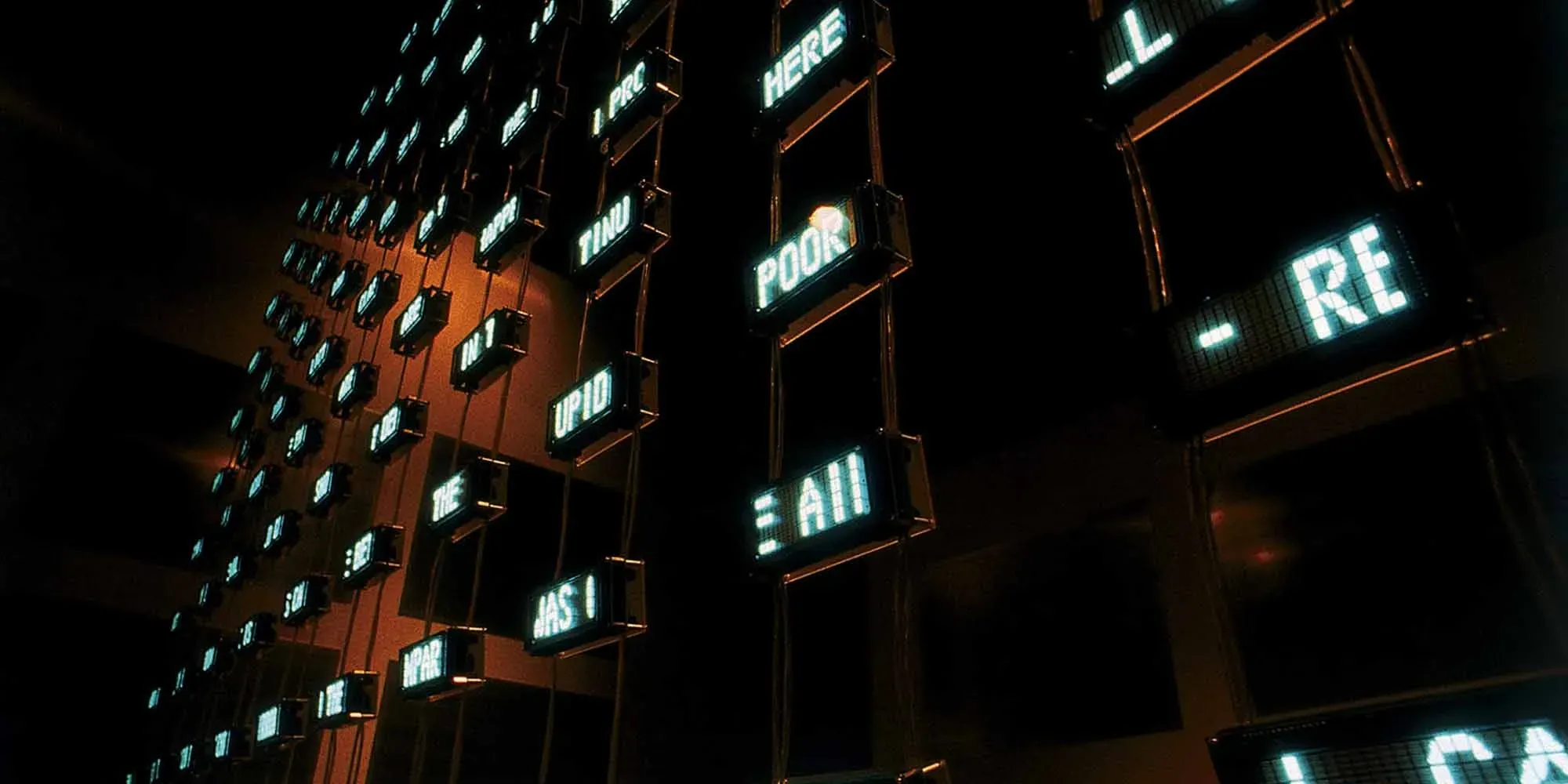
Over the years, Ars Electronica has expanded beyond its annual festival and the Center in Linz, establishing a global network of collaborations, conferences, and educational initiatives. The Ars Electronica Futurelab, launched in 1996, exemplifies this expansion. A think tank and research facility, Futurelab brings together artists, scientists, and technologists to work on groundbreaking projects that push the envelope of what technology can achieve.

Ars Electronica has also consistently positioned itself as a platform for critical discourse. Each year, the festival revolves around a central theme that reflects contemporary societal concerns—ranging from AI and biotechnology to privacy and digital rights. By framing technology within the broader context of its impact on society, Ars Electronica challenges attendees to think critically about the role of technology in our lives.
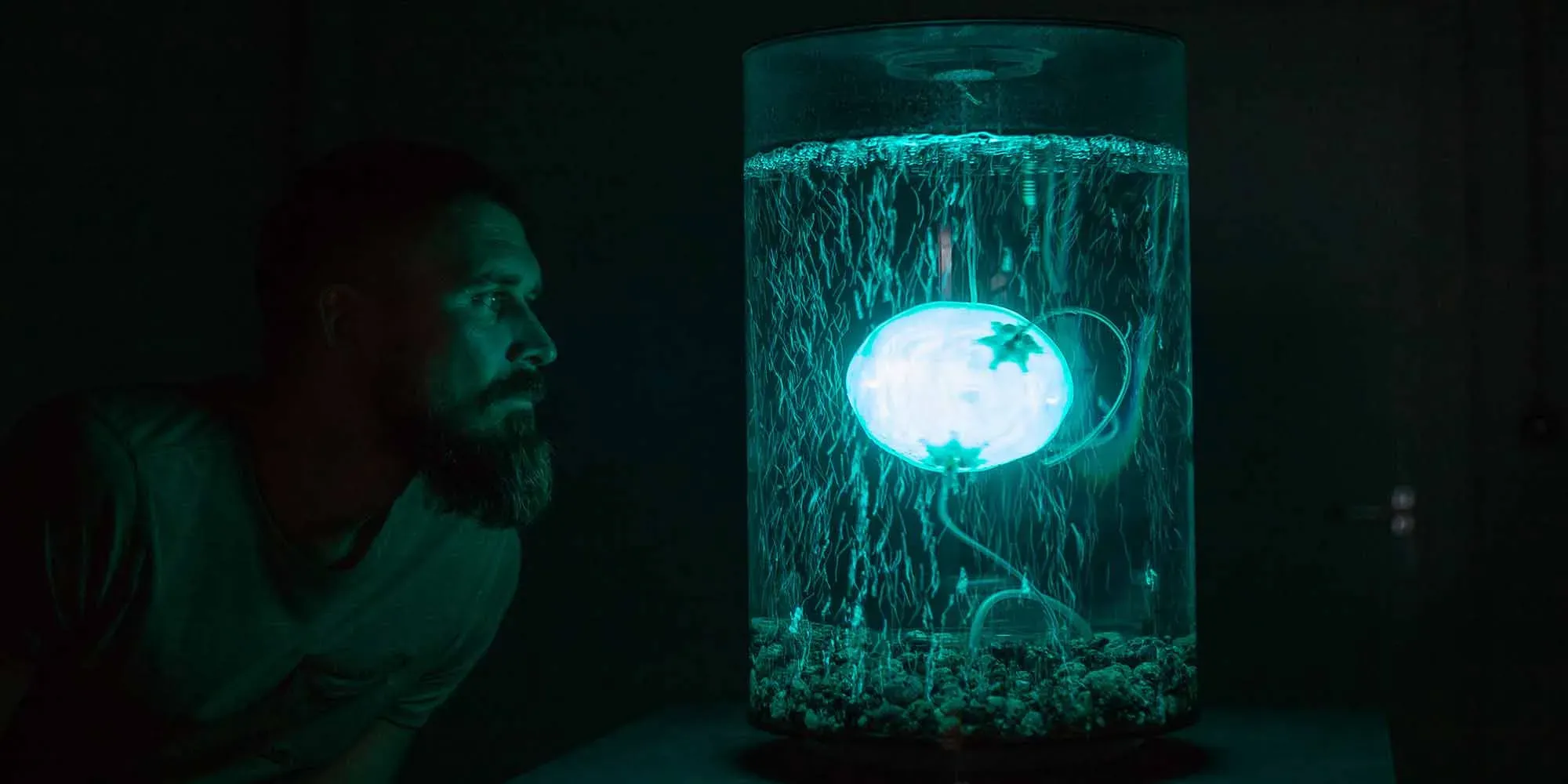
Today, Ars Electronica stands as a living archive of the digital age, chronicling its shifts and ruptures through the lens of art and technology. The festival continues to attract a diverse mix of participants—from digital artists and computer scientists to philosophers and activists—who come together to explore, question, and challenge the plurality of digital futures.
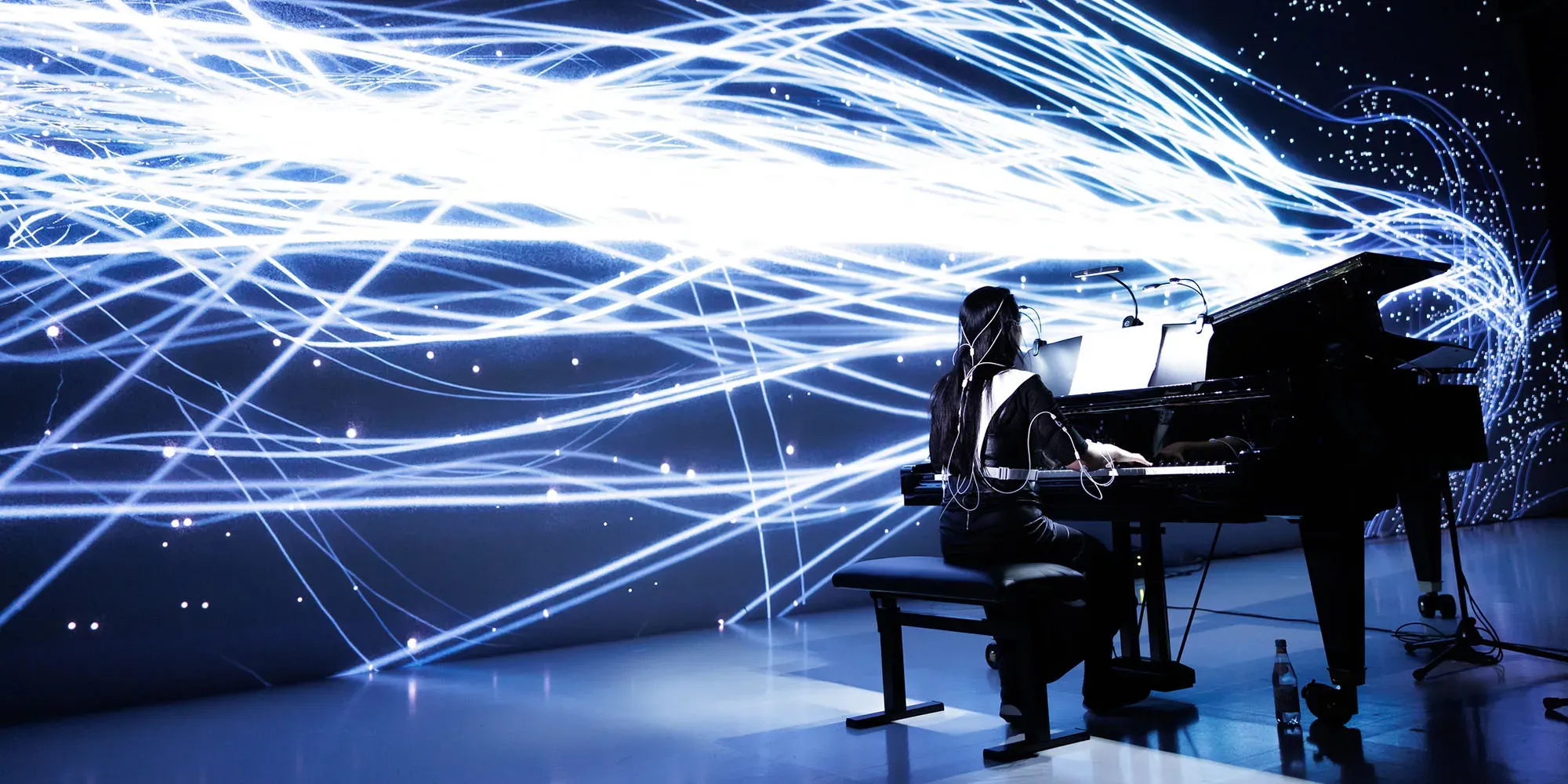
As we move deeper into the 21st century, Ars Electronica’s mission remains as relevant as ever. In an era marked by rapid technological change and digital transformation, the need for spaces that foster interdisciplinary dialogue and critical reflection is crucial. Ars Electronica not only fulfills this need but also continually pushes us to reimagine the possibilities of our technological future.

In a world where the digital and physical are increasingly intertwined, Ars Electronica stands as a beacon for those who seek to understand and shape the future. Its history is not just a chronicle of technological change but a testament to the power of art and ideas in navigating the complexities of our time.



